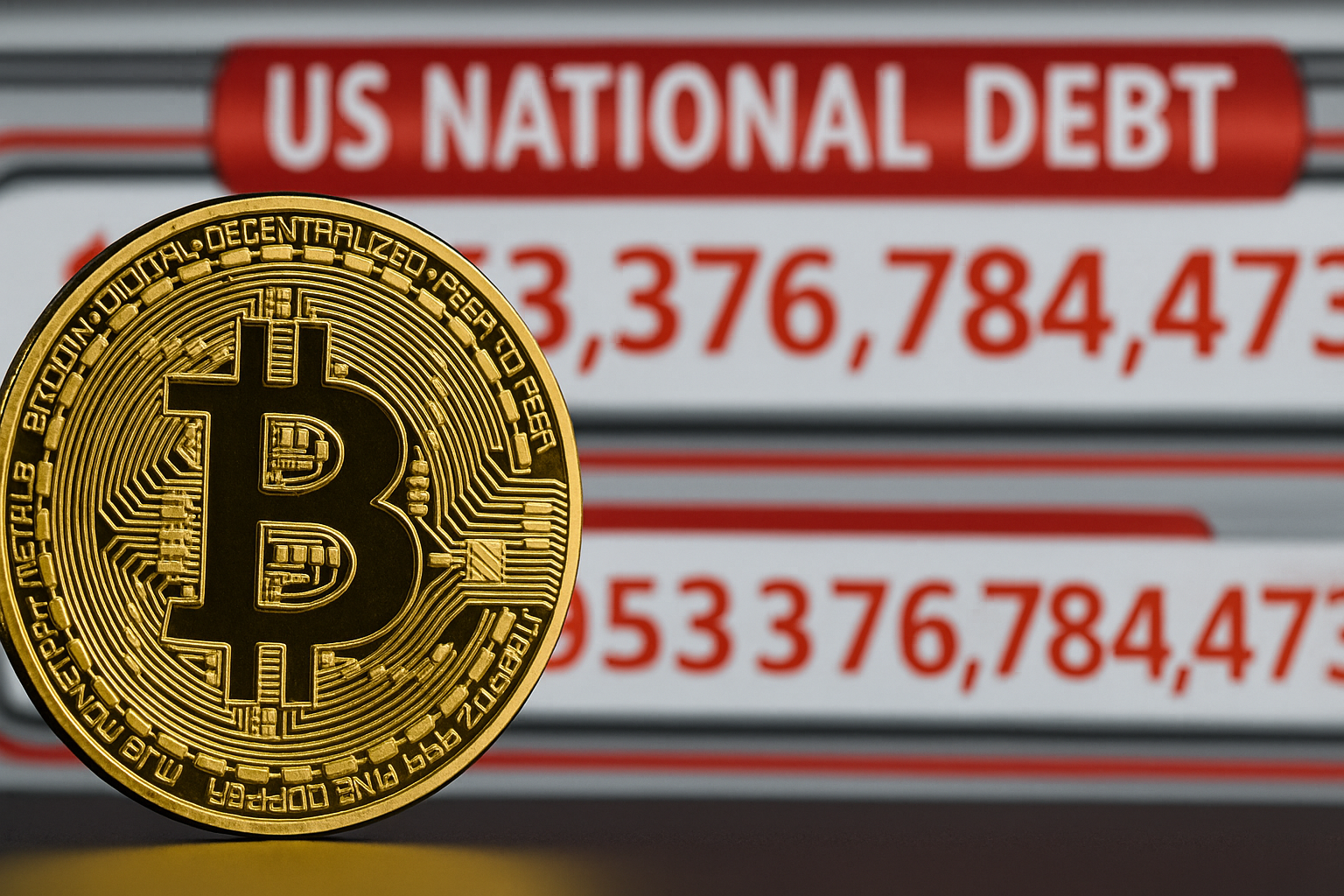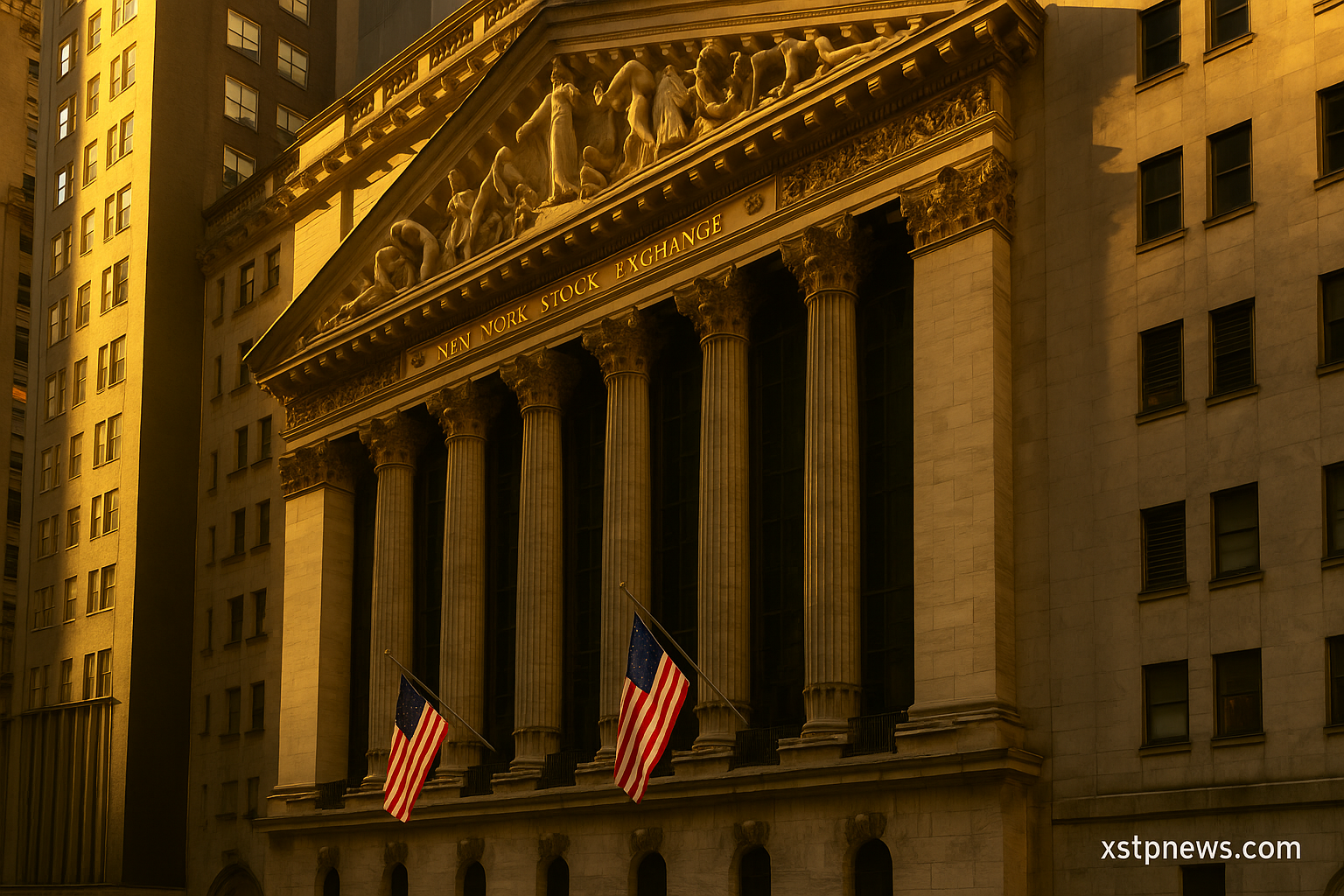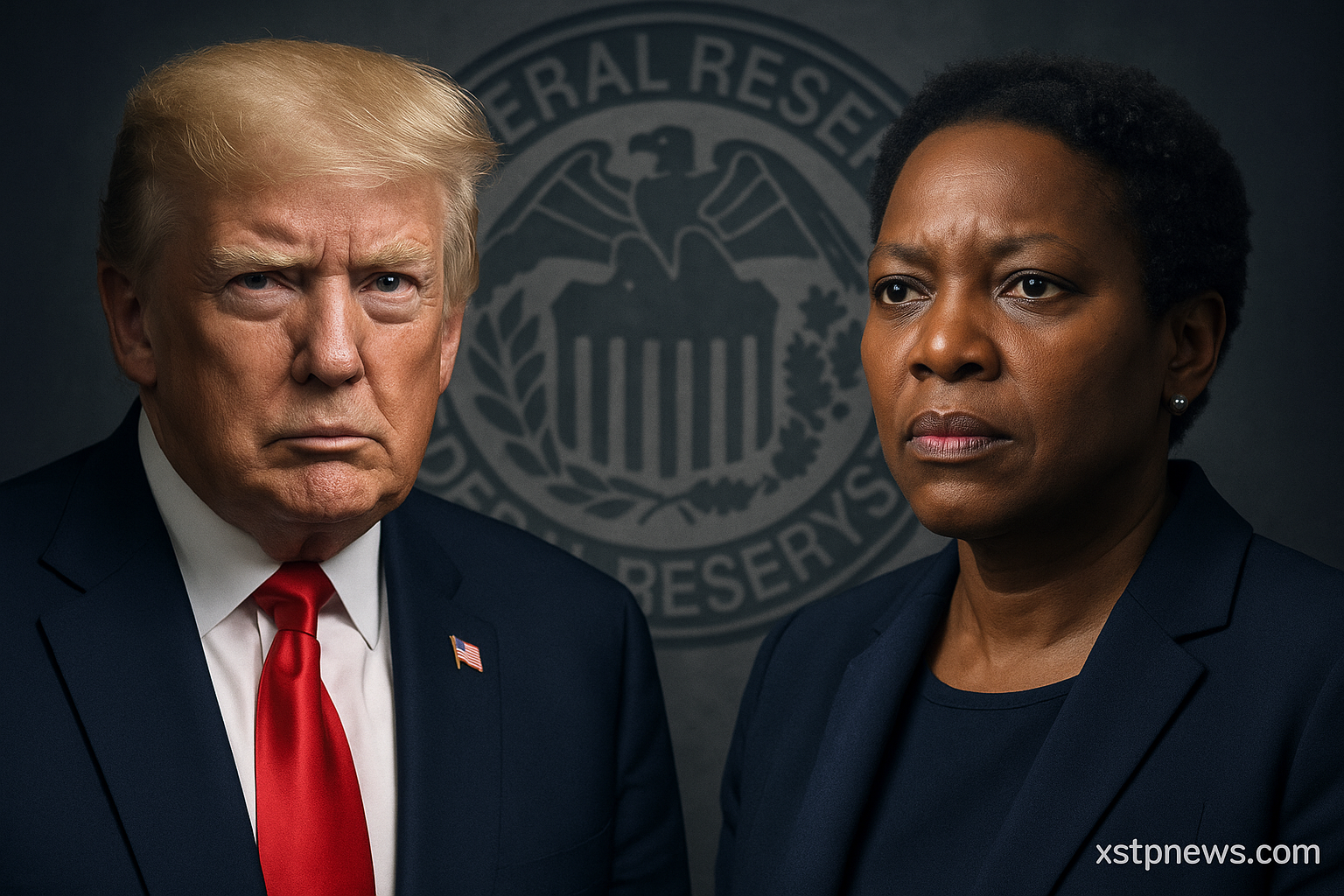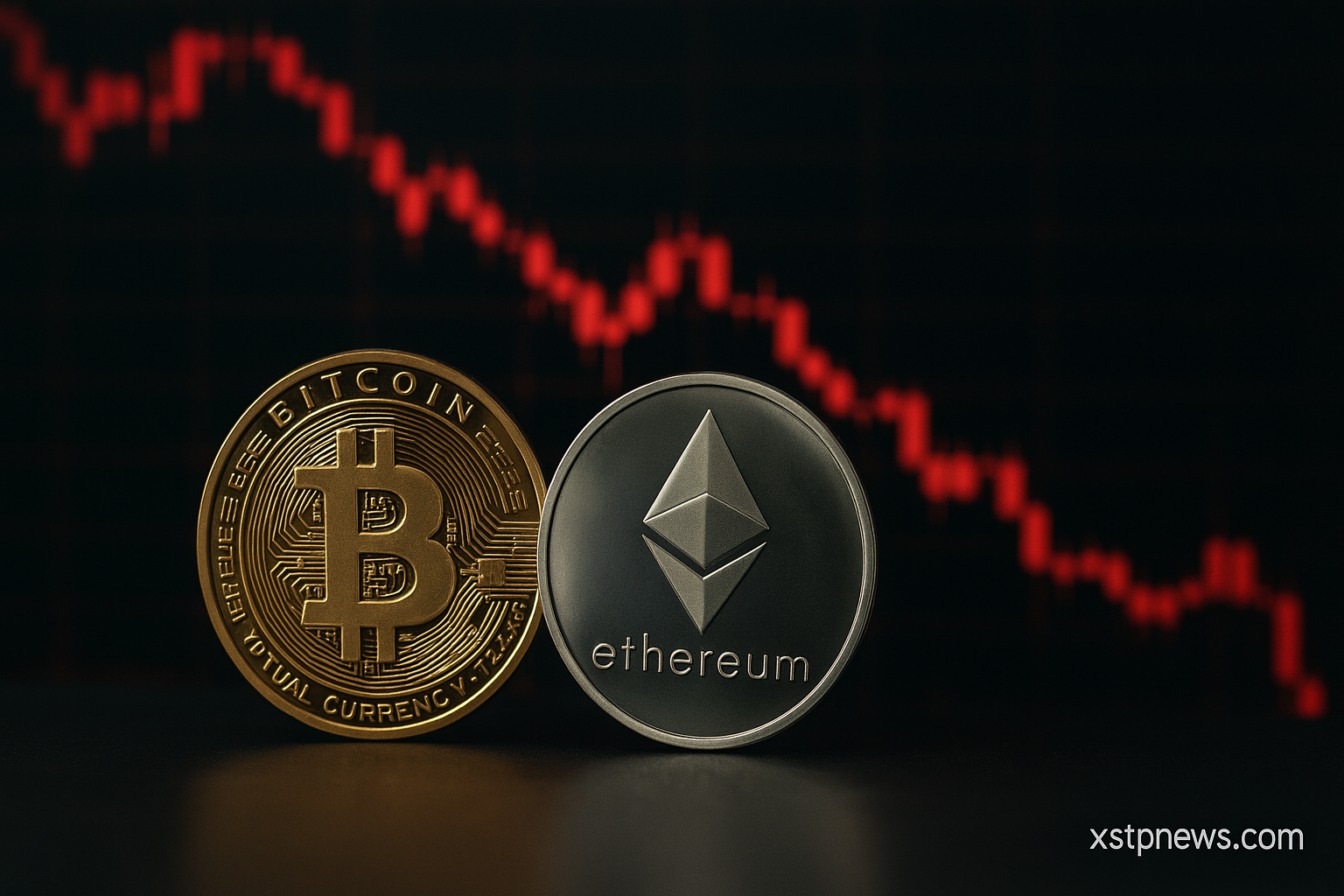As liabilities explode, Bitcoin may be the asset the Fed refuses to acknowledge
The U.S. national debt has reached a staggering $36,953,376,784,473. That’s not just a number. It’s a signal.
Every second, more debt accumulates, fueled by unchecked spending, endless stimulus cycles, and rising interest payments. Meanwhile, inflation quietly erodes purchasing power, and the dollar’s long-term credibility faces mounting questions.
In the middle of all this, Bitcoin stands as an alternative. Not just a trade. Not just a store of value. A strategic hedge against the collapse of trust.
Why a Bitcoin reserve makes sense now
- Hard cap supply
Bitcoin is limited to 21 million units. Fiat? Unlimited by design. - Neutral and borderless
Bitcoin isn’t tied to any government or banking system. It offers independence, even for nations. - Growing global adoption
From El Salvador to hedge funds to major corporations, BTC is entering balance sheets and reserves worldwide. - A hedge against sovereign risk
When national debt balloons faster than GDP growth, traditional reserves lose value. Bitcoin provides diversification that bonds and treasuries no longer offer.
What if the U.S. had adopted Bitcoin?
Let’s imagine the Federal Reserve had allocated even 0.5% of its balance sheet into BTC back in 2015. Today, that position would dwarf gold reserves in performance. And instead of watching from the sidelines, the U.S. could have been shaping global digital asset standards from within.
As the national debt races past $36 trillion, the idea of a Bitcoin reserve is no longer radical. It’s pragmatic.
The question isn’t if nations will adopt Bitcoin. It’s when. And the U.S. still the world’s financial leader has a chance to act before it’s forced to catch up.







